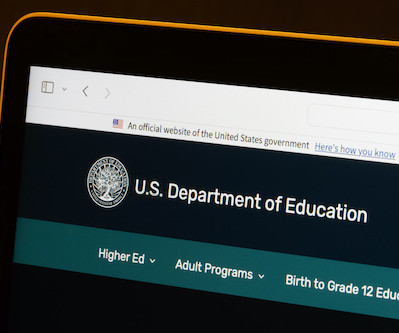Bringing Better STEM Education to the Rural South
Edsurge
APRIL 19, 2024
The goal is to improve science literacy among high school students by making lessons meaningful and relevant to their lives through a teaching method called project-based learning. Early results from previous studies showed some students were able to improve their science test scores, Schneider says.












Let's personalize your content